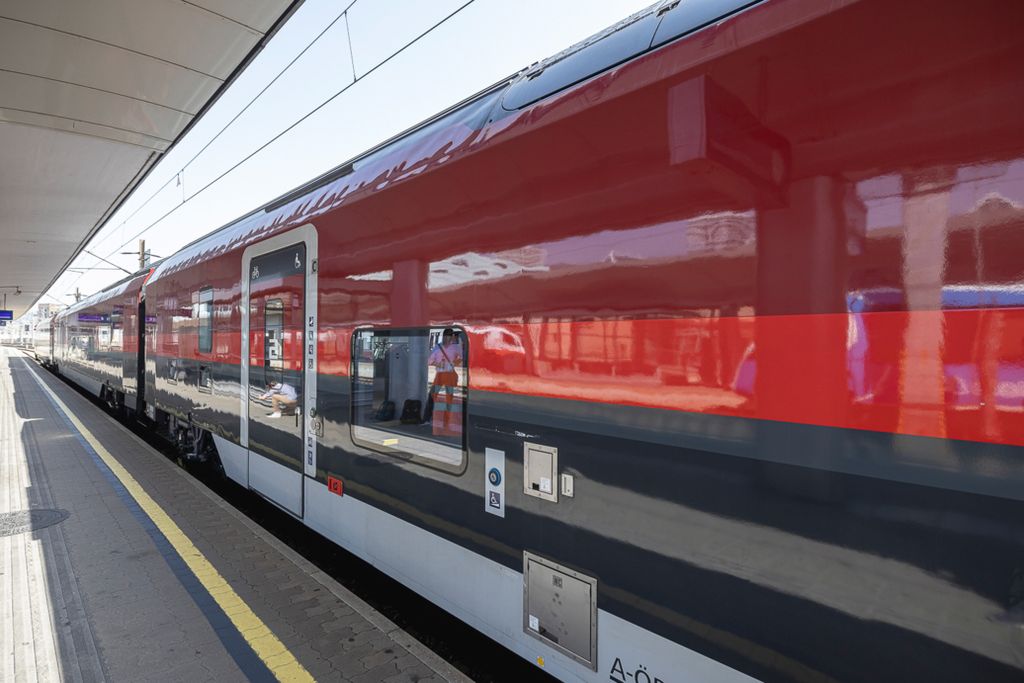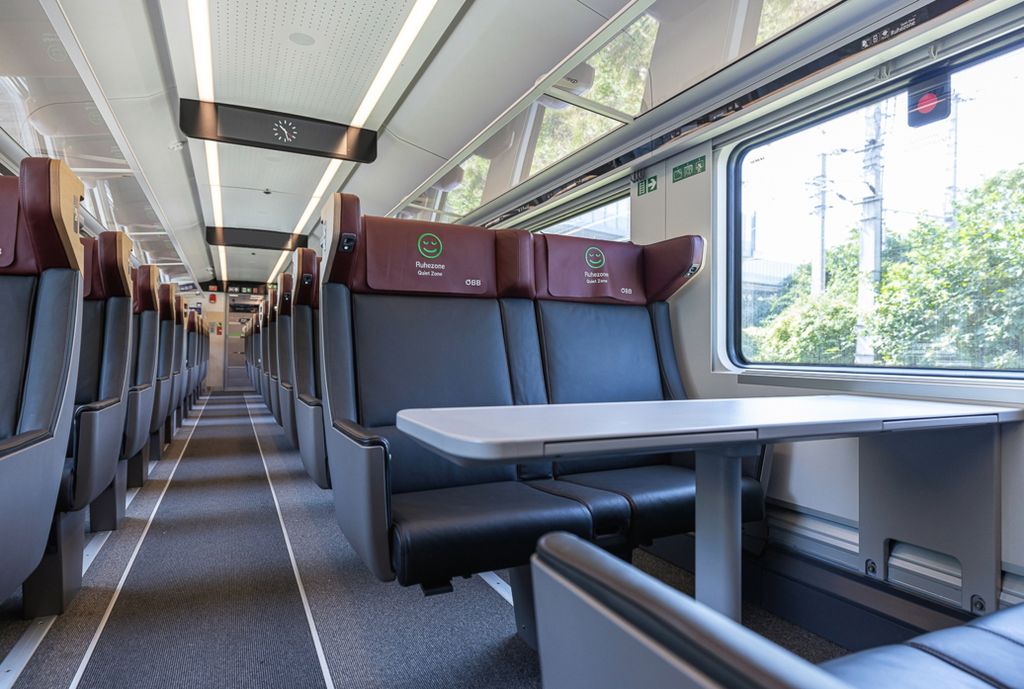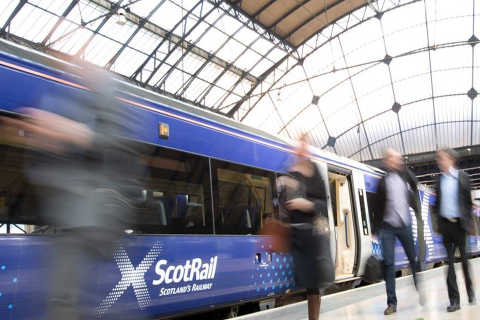Siemens Mobility’s latest RailJet debuts on Austrian tracks for Easter

Austrian Federal Railways (ÖBB) has rolled out its first new-generation Railjet from Siemens Mobility. This new-generation train, boasting a myriad of innovations, commenced its service last Friday on the Vienna-Feldkirch route.
Over the Easter holidays, the new Railjet will be in use as a booster train on the western route, and from 8 April 2024, it will be in service on the Brenner line. Two pairs of trains depart on the Munich – Innsbruck – Bolzano – Verona – Bologna route and one pair of trains on the Munich – Innsbruck route. An additional 27 new carriages are slated for deployment in inner-Alpine traffic by 2025.
Siemens Mobility, responsible for the development and construction of these cutting-edge trains in Vienna, based the new Railjet on the same platform as the recently introduced Nightjet trains. Initially, ÖBB had placed an order for eight trains, but have expanded their order to a total of 27 trains. The older-generation Railjets will also undergo modernisation this year. This programme will sequentially upgrade all 60 existing Railjet sets in terms of design, interior, technology, and telematics.
Andreas Matthä, CEO of ÖBB Holding, expressed enthusiasm stating: “We are delighted that we’re expanding our ÖBB long-distance fleet with 19 more new-generation Railjets. (…) With the new travel experience at the Brenner Pass, we can further enhance the popularity of this route.” Albrecht Neumann, CEO of Rolling Stock Siemens Mobility, echoed this sentiment, underscoring the trains’ role in making rail travel more attractive and contributing to climate targets.

New generation RailJet
With a length of approximately 240 metres, excluding the locomotive, the nine-car train offers a total of 532 seats across its various classes. Among its features are two first-class cars incorporating business class sections, an on-board restaurant, four second-class (economy class) cars, a multifunctional economy class car, and an economy class driving car. Notable technical advancements include lightweight bogies designed in Graz, windows optimised for enhanced cell phone reception, and a self-diagnosis mechanism linked to the maintenance depot.
These new Railjets boast several special technical features aimed at enhancing passenger comfort and sustainability. Lightweight bogies and windows optimised for cellphone reception are among the highlights. Additionally, the trains prioritise energy efficiency through features like LED lighting, a more efficient air conditioning system, and a newly developed power distribution system.
Passenger comfort has been a focal point for ÖBB in the design of these new trains. Passengers have a choice of seating arrangements, including compartments, open-plan cars, and raised seating areas. Quiet zones and family zones cater to specific passenger preferences, while amenities such as WiFi, passenger information systems, and charging options ensure a modern and convenient travel experience. Facilities for storing luggage, bicycles, skis, and snowboards are available. Lastly, for passengers with limited mobility, the train offers barrier-free access and designated wheelchair spaces.

Further reading:





Re: Per Railtech “Siemens Mobility’s latest RailJet debuts on Austrian tracks for Easter”.
Dear Emma Daily – As a non-attorney advocate for more passenger rail, it was heartwarming to see new rolling-stock to be introduced.
And since NightJet was included I do hope that there may be attention given for increased en-suite sleeper-train services in North America (exception: there is little chance for elderly USA persons to adapt to the single-space-couchette offer aboard Siemens’ latest version.